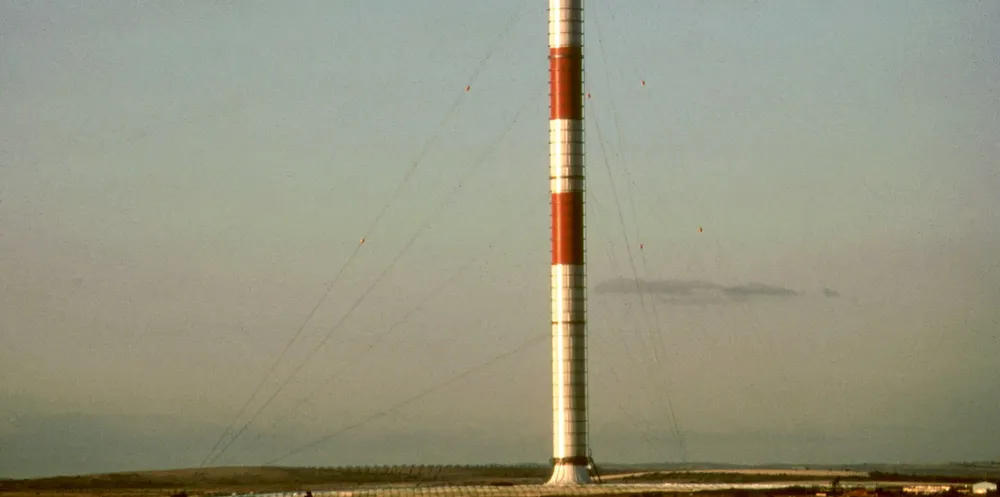Twin-technology solar tower could 'deliver power day and night'
Innovative system uses sun and ambient temperature to direct air through two sets of turbines to generate power

Innovative system uses sun and ambient temperature to direct air through two sets of turbines to generate power
